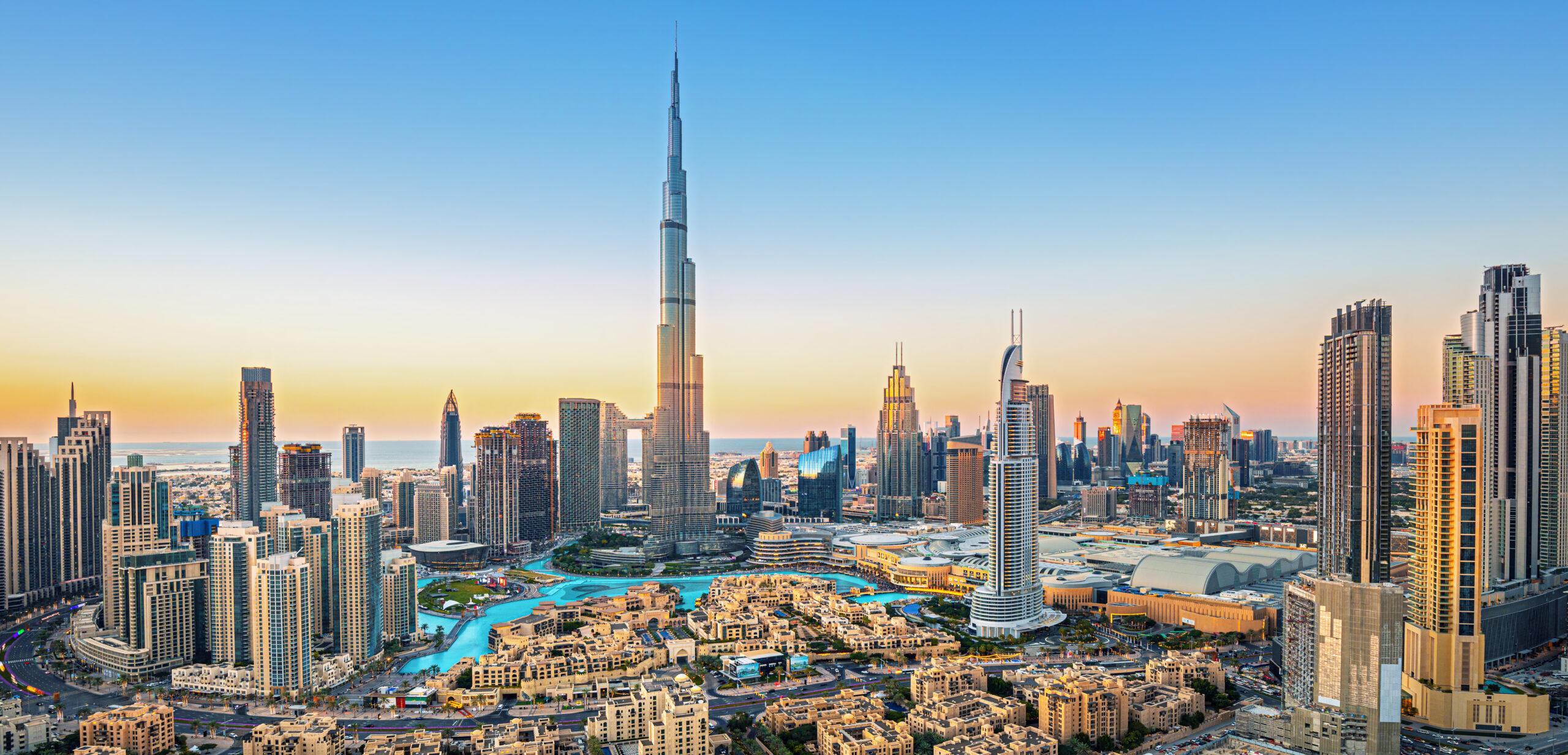
How to Diversify Your Dubai Property Portfolio in 2025
By Ikigai Real Estate
It’s time to diversify your Dubai property portfolio, because the era of single-asset trophy plays in real estate is over. Today’s most successful investors construct portfolios engineered to respond differently across market cycles, leveraging varied property types, submarkets, and horizons.
In H1 2025 alone, Dubai saw AED 326.7 billion of sales over nearly 99,000 transactions, yet gains were far from uniform: residential growth of 38% contrasts with commercial rent surges up to 45% and industrial rent jumps of 25-30%. This fragmentation underscores a fundamental truth: how you diversify matters more than where you purchase. A balanced mix of residential, commercial, and industrial holdings, when distributed across established cores, proven suburbs, and frontier zones, creates a self-stabilising portfolio engine capable of capturing upside while buffering downturns.
Why Diversification Matters Now
History offers valuable lessons on portfolio resilience in Dubai. Take the 2009 housing crash: prices didn’t just dip, but declined steadily by 40–50% from late 2008 through mid-2009. It was a drawn-out correction, not a brief fluctuation. The recovery only began in 2011, underscoring that diversification isn’t a luxury; it’s essential for long-term investors navigating cyclical markets.
Fast forward to today, and you’re facing a very different landscape. Dubai’s real estate market has never been more active: In H1 2025, total property sales hit a record AED 326.7 billion across nearly 99,000 transactions – a 40% year-on-year surge. But don’t mistake volume for uniformity. This is a highly fragmented market, with distinct submarkets moving at very different speeds, driven by varied demand cycles and infrastructure triggers.
Now layer in what’s coming: 90,000 units are expected to enter the market in H2 2025 and Fitch forecasting a 10–15% price correction. This isn’t cause for panic, but it is a call for precision.
Asset quality, location fundamentals, and tenant resilience should guide every allocation. Just as importantly, preserve liquidity so you can reposition strategically in 2026, when market dislocations may open up compelling entry points.
Ask yourself this: if one segment of your portfolio faced a sharp correction tomorrow, would your broader strategy absorb the shock, or would you be forced into reactive decisions?
The Strategic Dubai Property Mix You Need
1. Dubai Residential Properties (50–60% of your portfolio)
Residential properties continue to deliver stability, powered by Dubai’s growing expatriate population and robust demand. Dubai’s residential market achieved record-breaking performance in H1 2025, with total sales reaching AED 262.7 billion across 93,988 transactions—a remarkable 38% increase compared to H1 2024. Villa sales surged 65% in value and 55% in volume, while apartment sales climbed 21% in value and 16% in volume.
Current market dynamics show strategic opportunities beyond traditional picks. While Dubai Hills Estate and Jumeirah Village Circle (JVC) remain portfolio mainstays with rental yields in these zones are among the highest in the city, communities like Dubai Creek Harbour, Al Furjan, and Expo City Dubai are outperforming legacy areas on both capital appreciation and rental yield.
Your residential portfolio allocation should span established premium areas, high-growth emerging communities, and value-driven performance zones to maximize both income and appreciation potential.
- Dubai Hills luxury villas: Still your premium residential anchor, supported by sustained high-end demand and the area’s established infrastructure. Transaction volumes in Q1 2025 hit 1,069 units, totalling AED 3.87 billion, with average prices at AED 2,428 per sq. ft and average rental yields around 5.17%.
- JVC apartments: Dubai’s top-performing mid-market area, recording 4,930 transactions worth AED 6.47 billion in Q2 2025. Current rental yields range from 6.78% to 7.87%, with property prices showing 6.8% to 8.1% annual growth. Studios and 1-beds offer yields up to 7.94%, with year-on-year price growth up to 13%.
- Dubai Creek Harbour: This mega-project represents one of Dubai’s strongest capital appreciation opportunities among waterfront communities. Average prices reached AED 2,400 per sq. ft in Q2 2025, supported by strong sales in buildings like Harbour View, Creek Horizon, and Creek Palace. Current rental yields average 5.9% to 6.5%.
- Al Furjan: This well-established, metro-connected community offers exceptional rental yields, with studio apartments delivering 8.75% returns and 1-bedroom units achieving 7.02% yields. Rental prices surged 27% for apartments and 39% for villas in 2024, while property prices increased 15-20% over the past two years. Its tenant base spans professionals and families, ensuring steady occupancy.
- Expo City Dubai: This purpose-built sustainable community offers compelling early-stage opportunities. Al Waha residences launched in January 2025 with 1-bedroom apartments from AED 1.7 million, 2-bedroom units from AED 2.9 million, and 2-bedroom lofts from AED 3.9 million. Expo Valley offers townhouses from AED 3.5 million to AED 12 million with 532 units scheduled for completion by Q2 2026.
- DAMAC Hills 2: Offering studio ROIs up to 8.9%, this family-friendly, amenity-rich zone is outperforming its sister community in value growth and yield (DAMAC Properties).
- Mohammed Bin Rashid City (MBR City): Offers both luxury villas and accessible apartments. Average prices for villas sit around AED 21M, with steady appreciation across Sobha Hartland, District One, and Meydan.
The true value of residential properties in your portfolio isn’t just the yields you’ll collect but how they behave differently from your other investments. When market volatility increases, your prime residential properties typically experience less dramatic fluctuations, creating a stabilising effect on your overall portfolio. The yield differential between residential (5–9%) and commercial properties represents fundamentally different risk exposures that you can leverage rather than simply accept.
RECOMMENDATION: Increase exposure to emerging mid-market zones like JVC, Al Furjan, and Dubai South to maximise yield and price growth potential. Retain a core position in premium locations like Dubai Hills Estate and MBR City for capital preservation and steady appreciation. Consider early-stage entries into Dubai Creek Harbour, Expo City, and DAMAC Hills 2 for long-term growth, and balance off-plan opportunities (with higher potential returns) in up-and-coming areas with ready properties to ensure income continuity.
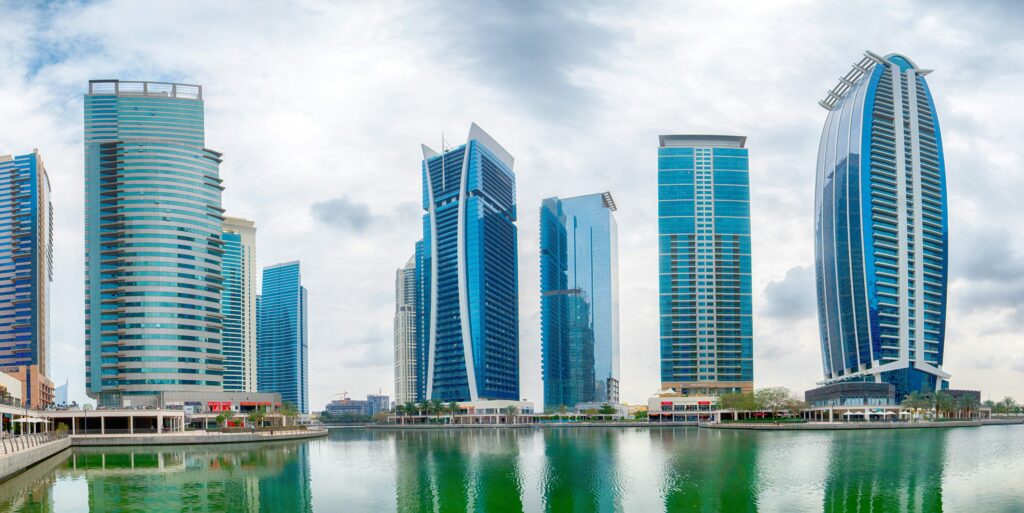
2. Dubai Commercial Spaces (25–35% of your portfolio)
You should consider commercial segments for their higher rental yields and counter-cyclical performance. In 2025, Dubai’s office sector has far exceeded expectations with rents across 22 sub-markets surged by up to 45% year-on-year in Q1, significantly outperforming earlier forecasts. Prime office values are now rising at over 24% annually, supported by record-low vacancy rates and sustained corporate demand.
- Dubai International Finance Centre (DIFC) offices remain the city’s most sought-after commercial asset, maintaining 98–99% occupancy and achieving rents of AED 355 per square foot – the highest in Dubai.
- Business Bay continues to close the gap, with mixed-use towers now commanding AED 95–130 per square foot, and landlords increasingly aligning pricing with DIFC levels.
- If you’re looking beyond the premium core, Jumeirah Lake Towers (JLT) stands out as Dubai’s most active commercial transaction zone, out preforming other districts in both liquidity and investor confidence. Rents currently range between AED 80–130 per square foot, and DMCC’s free zone benefits, such as 100% foreign ownership, make it especially attractive to international businesses.
- Dubai Internet City (DIC) offers a more specialised opportunity as an established tech hub housing global players like Microsoft, Oracle, and IBM. Rental rates here average AED 170 per square foot, with strong tenant retention driven by TECOM Group’s continued investment and a mature infrastructure ecosystem.
- For investors with a longer time horizon, Dubai Silicon Oasis (DSO) presents a compelling case. With rents starting from AED 50 per square foot, this government-designated innovation district combines affordability with scale. The area’s dual licensing options, strategic location, and continued government backing add to its long-term appeal.
When you invest in commercial properties, the higher management requirements are offset by superior yields. Average ROIs now sit at 7-8%, while prime business zones are delivering 10-15% annually, which is nearly double the returns of many residential assets. Commercial exposure also changes how your portfolio behaves during market cycles, providing protection through their counter-cyclical relationship with residential markets. It is also important to consider different commercial zones with distinct advantages and risk profiles that can enhance your portfolio’s resilience.
RECOMMENDATION: Prioritise Grade A office investments in DIFC and Business Bay for strong rental growth and capital appreciation. Then, diversify with JLT for high liquidity and cost efficiency, DIC for exposure to Dubai’s tech economy, and DSO for early-stage value in a government-backed innovation zone. This balanced commercial strategy gives you access to premium performance, volume-driven zones, and future growth districts, ensuring your portfolio is positioned to benefit from both yield and resilience.
3. Dubai Industrial Properties (15–20% of your portfolio)
Including industrial properties gives you access to entirely different economic value chains. In H1 2025, Dubai’s industrial sector is outpacing both residential and commercial segments, powered by structural demand drivers like e-commerce, last-mile logistics, and supply chain infrastructure. Warehouse rents surged 25–30% in 2024 and are projected to rise by up to another 10% in 2025, as vacancy rates for Grade A stock fall below 3%. Average industrial yields are now 8.1%, with prime logistics units and cold storage commanding returns of up to 15%.
- Dubai South Logistics Hub: Warehouse rents have seen double-digit growth, and demand is surging on the back of major infrastructure investments. The area has already recorded AED 15 billion in property sales in the first five months of 2025.
- JAFZA and Dubai Industrial City: These zones are attracting long-term tenants in logistics, 3PL, and cold storage. JAFZA rents rose 28% in 2024, and the free zone added 260,000 sq. ft of warehouse space in response to demand. Dubai Industrial City recorded 38% rental growth year-on-year and delivered 27,870 sqm of new supply, anchored by the Etihad Rail freight terminal.
- Al Quoz Industrial Area: Grade A rents surged 45% year-on-year, reaching AED 72–100 per sq. ft, driven by proximity to Dubai’s business districts and last-mile delivery needs. The zone remains a key e-commerce and FMCG logistics hub.
- Dubai Investments Park (DIP): Warehouse rents rose 48% year-on-year, supported by connectivity to both Jebel Ali Port and Al Maktoum Airport, and flexible leasing formats. DIP is now one of the best-performing zones in terms of rental growth and infrastructure-linked tenant appeal.
When you invest in industrial properties, you’re tapping into asymmetric return potential driven by fundamental economic shifts. The intersection of e-commerce growth, supply chain modernization, and government infrastructure investments creates multiple catalysts for sustained outperformance. Current supply constraints with only 3% vacancy rates for Grade A assets combined with unprecedented demand growth support continued rental appreciation and capital gains through 2025-2027.
RECOMMENDATION: Increase allocations to logistics and warehousing assets in Dubai South and JAFZA for long-term growth anchored by major infrastructure. Prioritise cold storage facilities for premium yield and defensive positioning. Consider strategic partnerships for diversified exposure and professional management, especially given complex zoning requirements and operational expertise needs. Focus on long-term, stable tenants in 3PL, cold chain logistics, and e-commerce fulfilment, where demand continues to outpace supply and lease escalators are embedded for inflation protection.
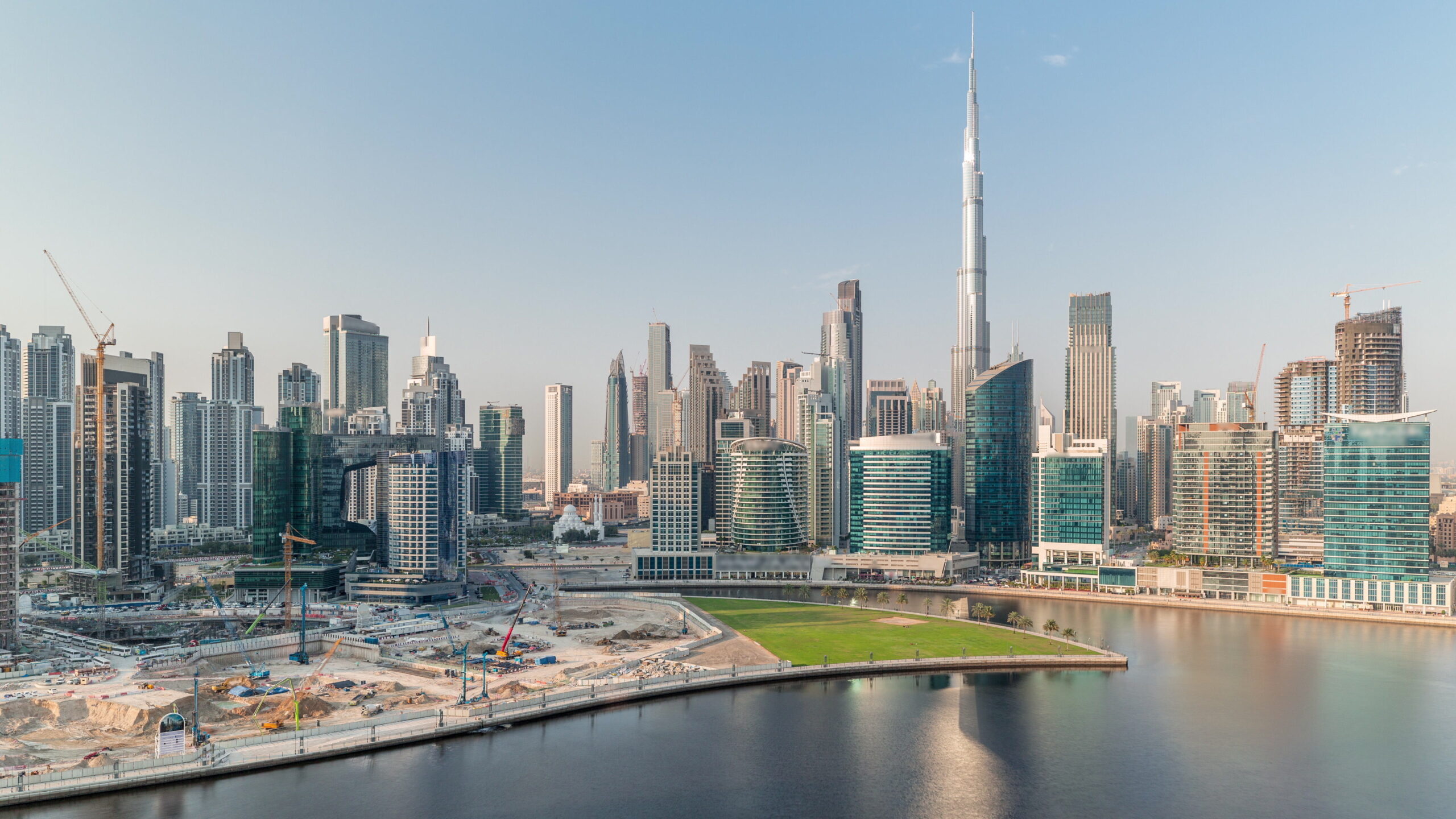
Geographic Diversification: Your Three-Tier Approach
Your neighbourhood choices will also dramatically impact your investment profile and risk exposure, especially considering total property sales for H1 2025 hit AED 326.7 billion across 98,603 transactions. This unprecedented activity demonstrates how different geographic tiers respond to distinct market catalysts, making strategic allocation more crucial than ever.
1. Dubai Urban Cores (30-40% of your allocation)
When you allocate 30–40% of your portfolio to Dubai’s premier urban cores like Downtown Dubai, DIFC, Dubai Marina, JLT and Palm Jumeirah, you tap into a segment defined by exceptional liquidity, stable demand, and defensive performance throughout market cycles.
Current H1 2025 performance data shows exceptional liquidity advantages:
- Downtown Dubai: Recorded 1,121 transactions worth AED 4.9 billion in Q1 2025, with an average gross rental yield of 5.79% and average prices of AED 2,972 per sq. ft.
- DIFC: Maintained 98–99% office occupancy with rents at AED 355 per sq. ft, reflecting 45% year-on-year rent growth across key business districts in Q1 2025.
- Jumeirah Lake Towers (JLT): Recorded 956 office transactions worth AED 2.0 billion in recent months, representing a 53.3% increase in sales value and establishing JLT as Dubai’s most active commercial transaction zone in H1 2025.
- Palm Jumeirah: Recorded 291 resale transactions worth AED 2.1 billion in Q1 2025, with average price per square foot at AED 3,114 – an 8.8% increase compared to Q1 2024. Villa prices showed 40.9% annual growth and gross rental yields of 5.24%.
- Business Bay: Office sales reached AED 2.8 billion across 933 transactions in Q1 2025 – an 83% year-on-year increase. Average office rental rates reached AED 160 per square foot, with rental rates increasing 24% year-on-year. Residential rental demand surged with 5,780 new rental contracts – an 80% increase from 2024.
- Dubai Marina: H1 2025 data shows average gross rental yields of 6.39% across all apartment types (1-bed units at 6.11% and 2-bed units at 5.76%) with luxury apartments recording up to 3% price growth year-on-year.
Current market conditions show urban cores demonstrating significant concentration of investment appeal, with properties in areas like Dubai Marina, Business Bay, Downtown Dubai, and DIFC commanding substantially higher average transaction values than suburban locations, despite lower transaction volumes. This creates a concentration effect where prime urban locations capture disproportionate market value.
When market conditions shift, these properties maintain value more effectively, functioning as your portfolio anchors from which you can make opportunistic plays in higher-yield segments. The urban core advantage becomes particularly valuable during market transitions, where established infrastructure and prime locations provide defensive characteristics against broader market volatility.
2. Dubai Established Suburbs (40-50% of your allocation)
When you allocate 40–50% of your portfolio to Dubai’s established suburbs you’re targeting neighbourhoods that have moved beyond speculative “land-rush” territory and into a phase of proven, sustainable performance. These communities combine the infrastructural maturity of urban cores with more attractive entry prices and robust yield profiles, making them ideal for investors seeking both dependable cash flow and the potential for steady capital gains. Rather than chasing headline-grabbing returns, you’re securing positions in areas where everyday demand from families, professionals, and local businesses creates a resilient rental market and balances the peaks and troughs of Dubai’s broader real estate cycle.
Current H1 2025 data reveals exceptional performance in established suburbs:
- Al Furjan: Mid-tier villa and townhouse asking rents moderated in H1 2025, slipping by up to 13% vs. H2 2024; but studios and 1-bed units maintained healthy yields of 8.75% and 7.02% respectively.
- Arjan: Delivers studio yields of 8.2% and 2-bedroom apartment yields of 7% in H1 2025, with overall community yields averaging 7.41%, which is well above Dubai’s city average. Average transaction prices are showing steady growth.
- Dubai Sports City: Recorded AED 4.7 billion in real estate transactions over the past 12 months, with average gross rental yields reaching 8.2% in Q1 2025. The community benefits from proximity to major educational institutions and direct connectivity to Sheikh Mohammed bin Zayed Road.
- JVC: Emerged as Dubai’s transaction volume leader during the first half, recording 4,930 transactions worth AED 6.47 billion in Q2 2025 alone. Current rental yields range from 6.78% to 7.87%, with property prices showing 6.8% to 8.1% annual growth.
These suburbs offer the optimal balance between risk and return. Having completed their highest-risk development phases while retaining meaningful appreciation potential, they deliver proven performance without premium pricing. When evaluating these areas, look beyond headline yields: communities with critical mass in schools, retail, parks, and transport, such as Al Furjan’s metro link and Dubai Sports City’s new GEMS School of Research and Innovation, consistently attract tenants through market cycles.
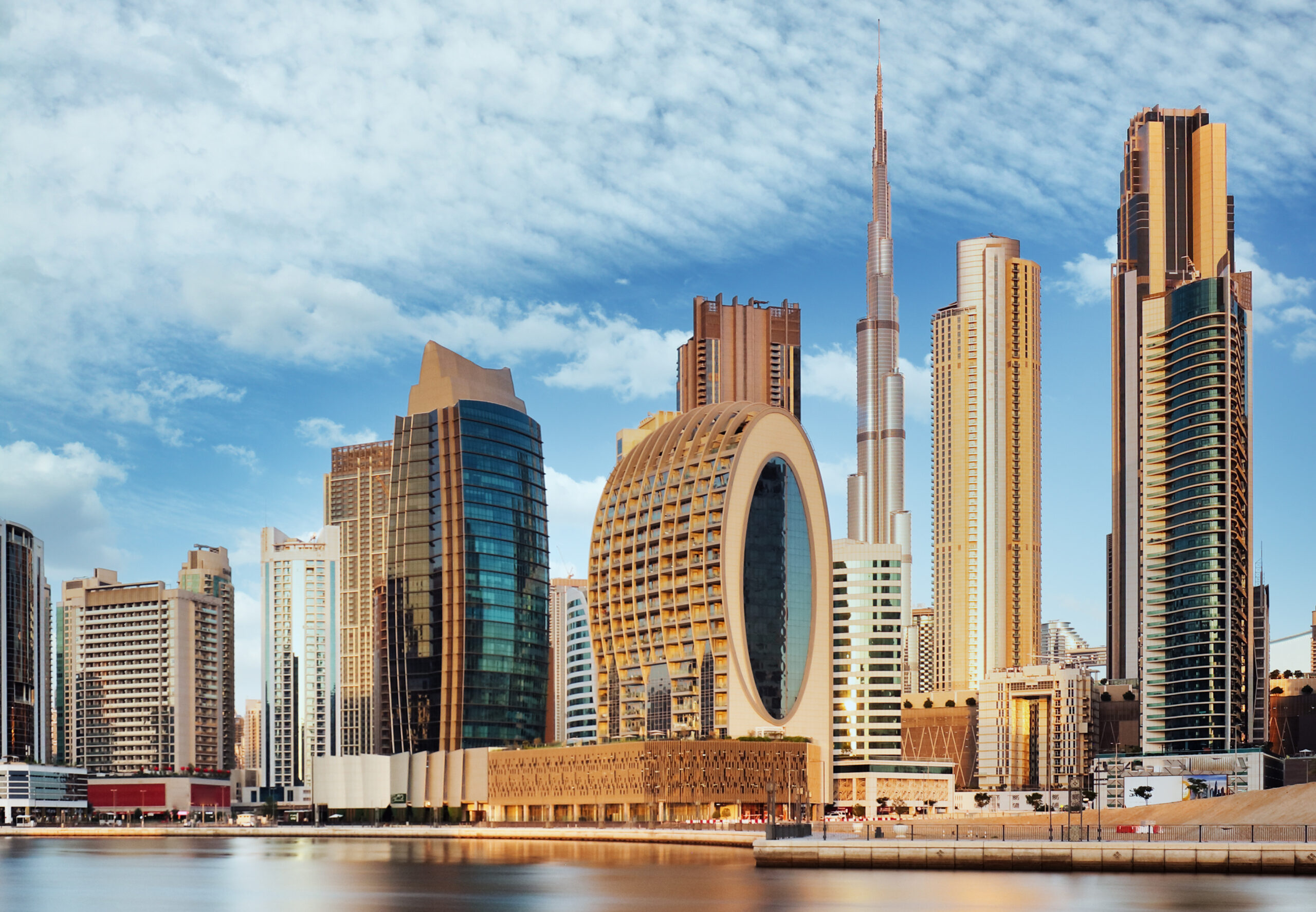
3. Dubai Emerging Frontiers (15-25% of your allocation)
When you look beyond Dubai’s established hubs and step into its frontier districts like Dubai South, Meydan, Dubai Creek Harbour, and Expo City, you’re tapping into the engine room of the emirate’s next growth wave. These are the places where megaproject scale meets early demand: over AED 11.4 billion of Creek Harbour homes changed hands in H1 2025 alone; Dubai South logged AED 15 billion in sales through May; Meydan’s off-plan apartments maintain 6.5%+ yields even as prices approach AED 1.15 million; and Expo City’s Al Waha residences are already shifting hands months after launch. By allocating 15–25% of your capital here, you are positioning for double-digit upside as world-class infrastructure comes online.
H1 2025 data shows remarkable performance in emerging frontiers:
- Dubai Creek Harbour: H1 2025 saw 4,142 sales worth AED 11.4 billion, with average prices reaching AED 2,400 per sq. ft (a 7.1% increase YoY) and current rental yields averaging 5.93%
- Dubai South: Properties average AED 954 per square foot with rental yields of 6.5-7% in H1 2025. The area recorded AED 15 billion in property sales in the first five months of 2025, demonstrating strong investor confidence ahead of Al Maktoum Airport expansion catalysts.
- Meydan: H1 2025 performance shows average gross rental yields of 6.5% with transaction prices averaging AED 950,000 for off-plan apartments and asks around AED 1.15 million, underscoring continued momentum near Downtown Dubai.
- Expo City Dubai: Launched Al Waha residences in January 2025 with 1-bedroom apartments from AED 1.7 million, 2-bedroom units from AED 2.9 million, and 2-bedroom lofts from AED 3.9 million. The project comprises 276 apartments and lofts with handover scheduled for Q2 2027 and 50 sale transactions already recorded.
These frontier investments fundamentally change your portfolio’s timeline, demanding patient capital and a development-oriented mindset rather than focusing on immediate income. Dubai South benefits from the Al Maktoum International Airport expansion and metro extension by 2030, while Dubai Creek Harbour gains from Dubai Metro Blue Line connectivity (arriving 2029) and Creek Tower development. You should calibrate your exposure based not just on your risk tolerance but on your capital’s time horizon.
Risk Management and Portfolio Balance
Current market fundamentals support strategic allocation across all three tiers. Urban cores offer immediate liquidity and stability, established suburbs provide optimal yield-to-risk ratios, and emerging frontiers deliver growth potential aligned with Dubai’s long-term development strategy.
Supply-demand dynamics also vary significantly across the three tiers. Urban cores benefit from limited new inventory, established suburbs maintain balanced supply-demand conditions, and emerging frontiers require careful monitoring of infrastructure completion timelines and population growth patterns.
Your geographic diversification strategy should evolve with market conditions and investment objectives. Current H1 2025 data supports balanced allocation across all three tiers while maintaining appropriate risk management through proper weighting and infrastructure timeline awareness.
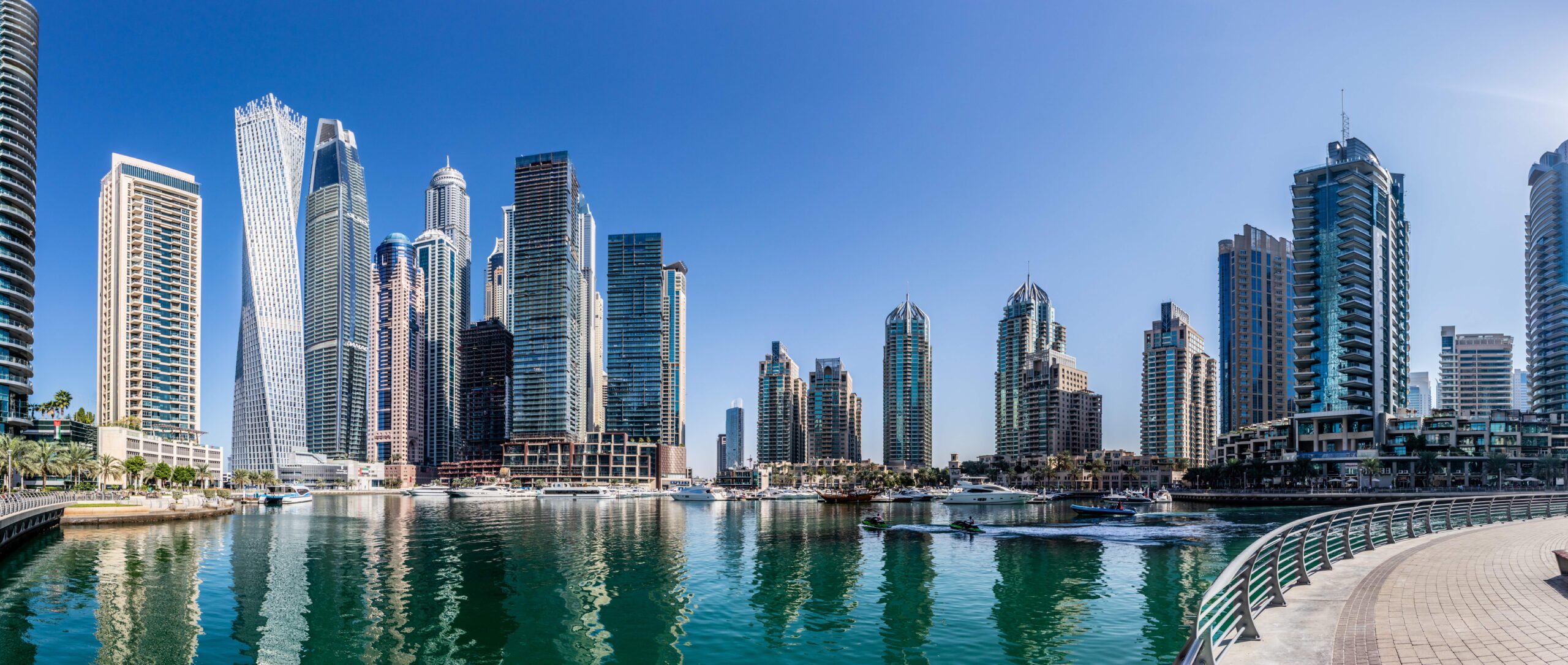
Beyond Geography: Additional Diversification
Layering your portfolio across price points, time horizons, and integrated ecosystems provides further resilience and optionality, smoothing volatility and capturing growth wherever it appears.
Price-Point Diversification
Dubai’s mid-market “affordable luxury” segment, with homes priced between AED 1 million and AED 3 million, accounted for 38% of H1 2025 transactions, with average price growth of 6.2% and rental yields of 7.1%. At the top end, ultra-luxury apartments in Downtown Dubai and Dubai Marina (above AED 4,500 per sq. ft) delivered 8.3% price growth and 5.9% yields in H1 2025. By positioning across both segments, for example, a mid-range off-plan unit targeting 7% income alongside a premium resale apartment delivering 6% yield, you create internal hedges: when one tier cools, the other often accelerates.
Timeline Diversification
Balance core holdings (60–70% of capital) in established ready-to-move-in assets that are yielding 5.8% annual appreciation and providing steady rental income, with short-cycle plays (30–40%) in off-plan launches, which comprised 59% of residential sales in H1 2025, according to Dubai Land Department data. Flexible payment plans let you stagger capital calls, locking in future gains while collecting yield from stabilized properties. Beware regulatory shifts like the Smart Rental Index, which caps annual rent increases at 20% for above-market rents.
Mixed-Use Ecosystems
Invest in integrated communities where residences, offices, retail, and leisure coexist to harvest multiple income streams. City Walk, Bluewaters Island, and Dubai Creek Harbour’s District 2020 illustrate how retail footfall underpins residential premiums and office tenancy, creating synergy that bolsters value through market swings. Evaluate projects on their ecosystem cohesion, not merely component yields: look for podium retail that drives daytime traffic, offices anchoring weekday footfall, and lifestyle amenities that sustain rent levels.
By weaving together price tiers, investment horizons, and mixed-use ecosystems, you transform diversification from static allocation into a dynamic portfolio engine. One that is capable of generating income, capital gains, and strategic optionality across every market cycle.
Your Strategic Path Forward
In 2025’s historic-high cycle and pending supply influx, diversification is your defensive and offensive safeguard. Start by calibrating your portfolio to 50–60% residential, 25–35% commercial, and 15–20% industrial exposures, then refine your weightings by:
- Geography: Anchor 30–40% in urban cores (e.g., Downtown Dubai, DIFC, Business Bay), 40–50% in established suburbs (e.g., Al Furjan, JVC, Sports City), and 10–25% in emerging frontiers (e.g., Creek Harbour, Dubai South, Expo City).
- Price Point: Blend mid-market “affordable luxury” (7.1% yields) with ultra-luxury holdings (8.3% price growth) to hedge across tiers.
- Timeline: Combine 60–70% ready-income assets (5.8% appreciation) with 30–40% off-plan cycles (59% of H1 2025 residential sales) for staggered capital deployment and yield capture.
- Ecosystems: Target mixed-use precincts (City Walk, Bluewaters Island, District 2020) where residential, office, retail, and leisure synergies drive sustained value.
By aligning these multi-layered strategies with your unique investment purpose (your financial “Ikigai”) you will cultivate a property portfolio that not only weathers Dubai’s next cycle but flourishes wherever the market turns.

CONNECT WITH US
Our team's collective 22+ years of experience enables us to provide tailored solutions that help investors find their perfect balance of purpose, passion, and financial success in real estate. We build long-term relationships as trusted advisors, helping our clients achieve their unique vision of property investment success.
Shalini AroraCo-founder and Senior Property Consultant